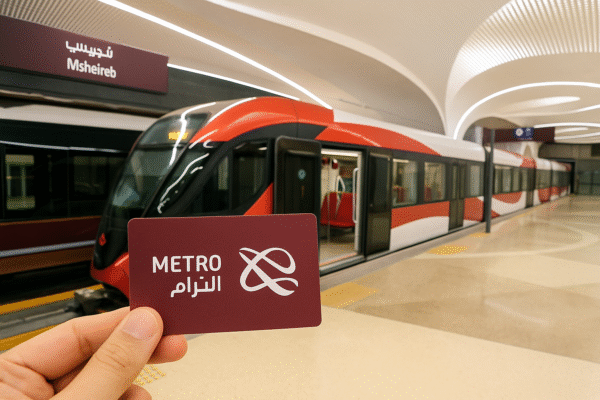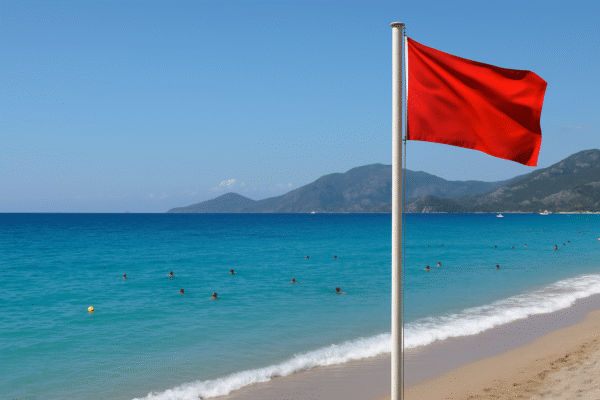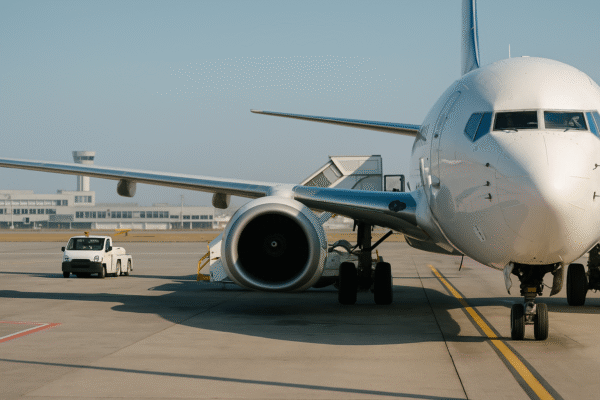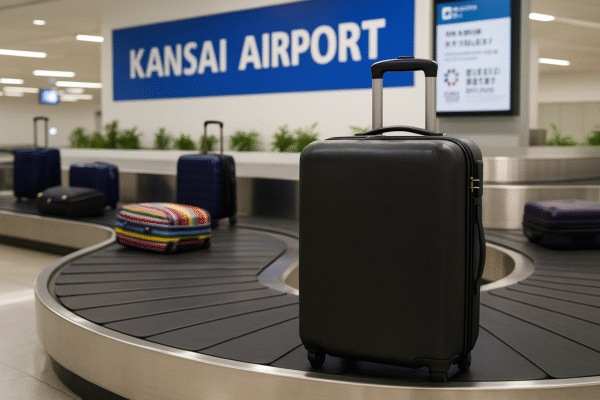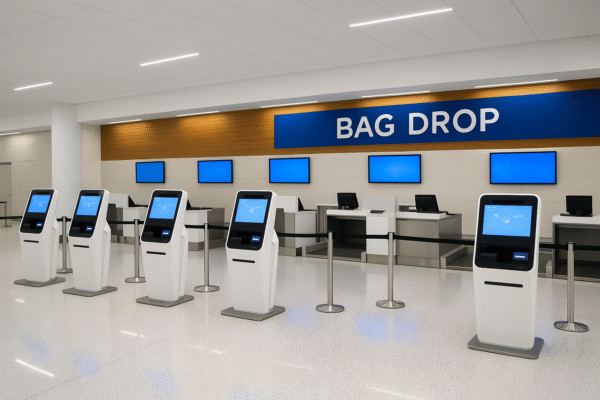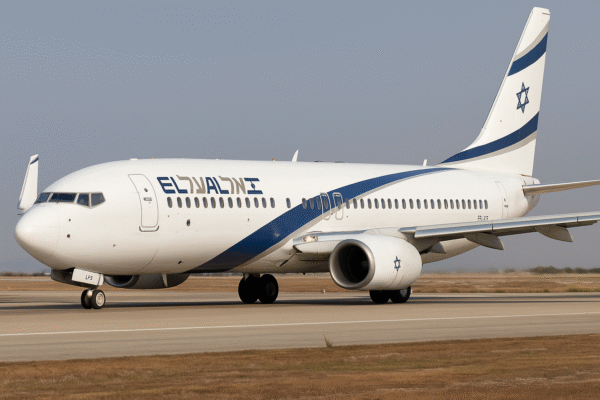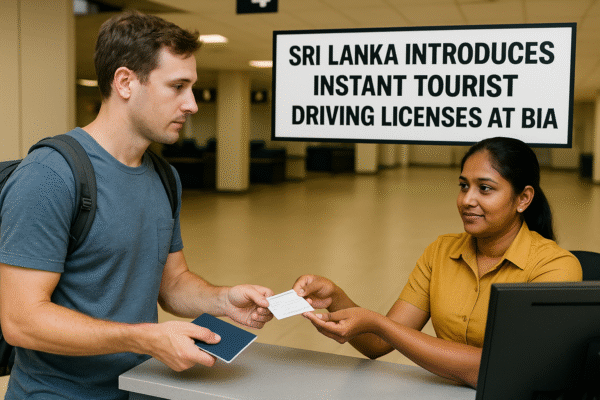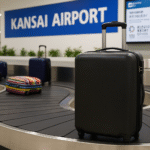Sri Lanka has taken a bold step in modernizing its tourism sector with the launch of instant temporary driving licenses for foreign visitors at Bandaranaike International Airport (BIA), Katunayake. Starting August 3, 2025, international travelers can now obtain a 30-day temporary driving permit directly upon arrival. This initiative eliminates the need for visitors to travel to the Motor Traffic Department in Colombo—a process that was time-consuming, costly, and often discouraged independent exploration.
The new system makes Sri Lanka more appealing to adventurous travelers who wish to rent cars, scooters, or tuk-tuks and discover the island on their own schedule. From the cultural triangle of Anuradhapura and Sigiriya to the sandy beaches of Mirissa and the lush highlands of Nuwara Eliya, tourists can now enjoy seamless mobility without logistical hurdles.
Application Process and Requirements
Tourists applying for the license must present:
- A valid foreign driving license (with at least one year validity).
- A valid passport.
- A confirmed return ticket or onward travel proof.
The process is straightforward—licenses are issued at dedicated counters at BIA in just a few minutes. At LKR 2,000 (USD 10), the permit is cost-effective and valid for 30 days, covering most tourist stays.
This measure also addresses the high costs often faced by visitors when relying solely on taxis or unregulated transport operators. By enabling self-drive tourism, Sri Lanka positions itself as a competitive travel destination for independent explorers.
Tensions with Local Transport Operators
Despite its benefits, the move has drawn criticism from local taxi drivers and tourism service operators, many of whom rely on airport transfers for their livelihood. Organized protests at Katunayake have highlighted concerns that tourists opting for rental vehicles will reduce demand for taxis, threatening incomes in an already competitive market.
Some drivers warn that if the policy continues without regulation, it could disrupt the industry and revive unlicensed transport operators who charge unregulated fees. Demonstrations by the “tourism taxi service personnel” have even included threats to halt airport pickups.
The government, however, argues that the policy is a strategic step to boost tourism arrivals, reduce visitor complaints about transport costs, and enhance Sri Lanka’s global image as a visitor-friendly destination. Authorities are also considering dialogues with local driver unions to find a middle ground that protects livelihoods while supporting the tourism economy.
Global Practices: Learning from Other Nations
Sri Lanka’s reform follows international precedents where ease of mobility is tied to tourism growth:
- Japan issues International Driving Permits valid for one year.
- Australia allows tourists to drive with foreign licenses for up to three months.
- New Zealand permits visitors to drive with overseas licenses for 12 months.
By aligning with these global practices, Sri Lanka demonstrates its commitment to international standards in hospitality and tourism facilitation.
Boosting Tourism and Economic Growth
Tourism is a critical driver of Sri Lanka’s economy, contributing significantly to GDP and local employment. The introduction of instant tourist driving permits is expected to:
- Increase independent travel and car rental demand.
- Encourage tourists to visit offbeat destinations beyond Colombo, Galle, and Kandy.
- Reduce dependency on expensive taxi services, making Sri Lanka a more affordable holiday option.
Industry experts believe that this reform will particularly attract European, Australian, and Middle Eastern tourists, many of whom prefer road trips and adventure travel experiences.
Balancing Tourism Growth with Local Interests
The challenge now lies in balancing visitor convenience with sustainable livelihoods for Sri Lankans employed in transport services. Analysts suggest possible solutions such as:
- Collaborative frameworks between taxi operators, rental agencies, and the government.
- Introducing regulations for fair taxi pricing alongside tourist-friendly driving policies.
- Expanding opportunities for local drivers through ride-hailing apps and partnerships with hotels.
By ensuring inclusivity in policy-making, Sri Lanka can prevent unrest while reaping the full benefits of increased arrivals.
Conclusion: A Milestone in Sri Lanka’s Tourism Journey
The introduction of instant tourist driving licenses at BIA represents a landmark shift in Sri Lanka’s tourism framework. While the reform has sparked debates, it clearly signals the government’s intent to modernize travel infrastructure, improve visitor experiences, and position the island as a competitive global destination.
With careful regulation, stakeholder dialogue, and industry adaptation, this initiative could pave the way for a thriving tourism economy, one where visitors enjoy freedom of travel while local businesses continue to benefit.
For more travel news like this, keep reading Global Travel Wire







